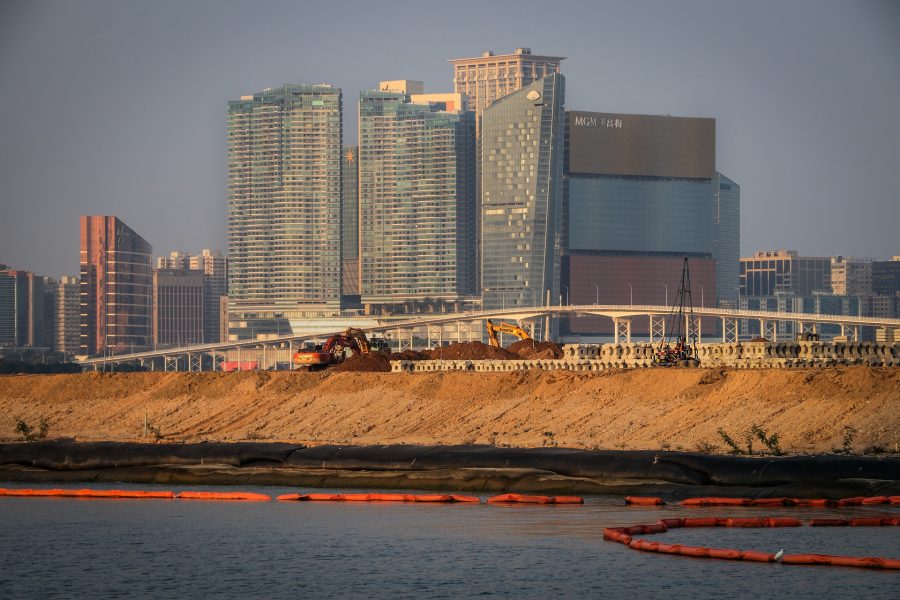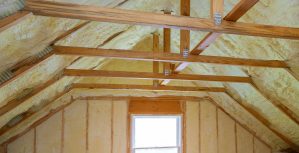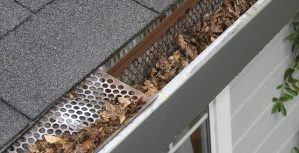Retaining Walls: Requirements and Regulations
In most construction sites where the ground has slopes and flat areas, contractors use concrete retaining walls to restrain the soil on slopes from crashing down. Retaining walls are near vertical or vertical structures with the intent to create level areas on sloping sites. Doing so maximises development space. In addition, they can help develop terraces for installations to run by slopes. Retaining walls likewise give additional support to natural slopes that might erode. Contractors also use concrete retaining walls for basement walls, metro stations, and underground car parks.
Factors to consider when building retaining walls
When there are sloping sites in construction areas that limit the use of the land, the authorities specify the installation of retaining walls. Usually, retaining walls are used for keeping soil, so there could be level areas for the construction of buildings, parking areas, roads, and various open spaces. However, retaining walls can also provide an aesthetic and decorative feature to enhance the look of the landscape.
Planning permissions
It is critical to ensure that the contractor follows the guidelines and specifications required in concrete retaining wall construction, such as its design, the condition of the site, selection of the product, and easy installation and maintenance of the structure. Retaining walls might be independent installations or integrated with the construction works, particularly in the construction of buildings.
If the wall is going to be more than one metre high and is near a pathway or a road, you need planning permission. Further, you need permission to install a retaining wall more than two metres high in other areas. In some cases, such as the independent, freestanding retaining walls, you may not need building regulation approval provided the structure is structurally sound and properly maintained.
According to the Building Regulations and Standards Division, if the structure or building carries loads they deem dangerous, the local authorities can remove the danger that can put the public at risk. This rule applies to retaining and freestanding boundary walls.
Earth pressure
Retaining walls are subject to earth pressure, which construction engineers should consider.
- Earth pressure at rest. The state wherein the material behind the wall is in its natural state, and the retaining wall is at rest.
- Active earth pressure. The condition when the wall moves away from the backfill minimises the stress on the wall. It continues until the pressure reaches a minimum value that becomes constant.
- Passive earth pressure. The wall moves towards the backfill and increases the pressure on the wall. The action continues until it reaches a maximum value before staying constant.
- Hydrostatic pressure
Another factor to consider is the build-up of water behind the retaining wall. Moisture will increase the pressure on the wall. Thus, the retaining wall should have a draining system or weep holes. This is critical because when the water accumulates on the backfill, it will drastically affect the stability of the soil the wall supports.
Soil erosion is a primary concern, particularly in large, multilevel construction projects. Ensure that the contractor follows regulations and uses the correct type of retaining wall structure to meet compliance requirements and prevent structural damage later.
Share It on :





